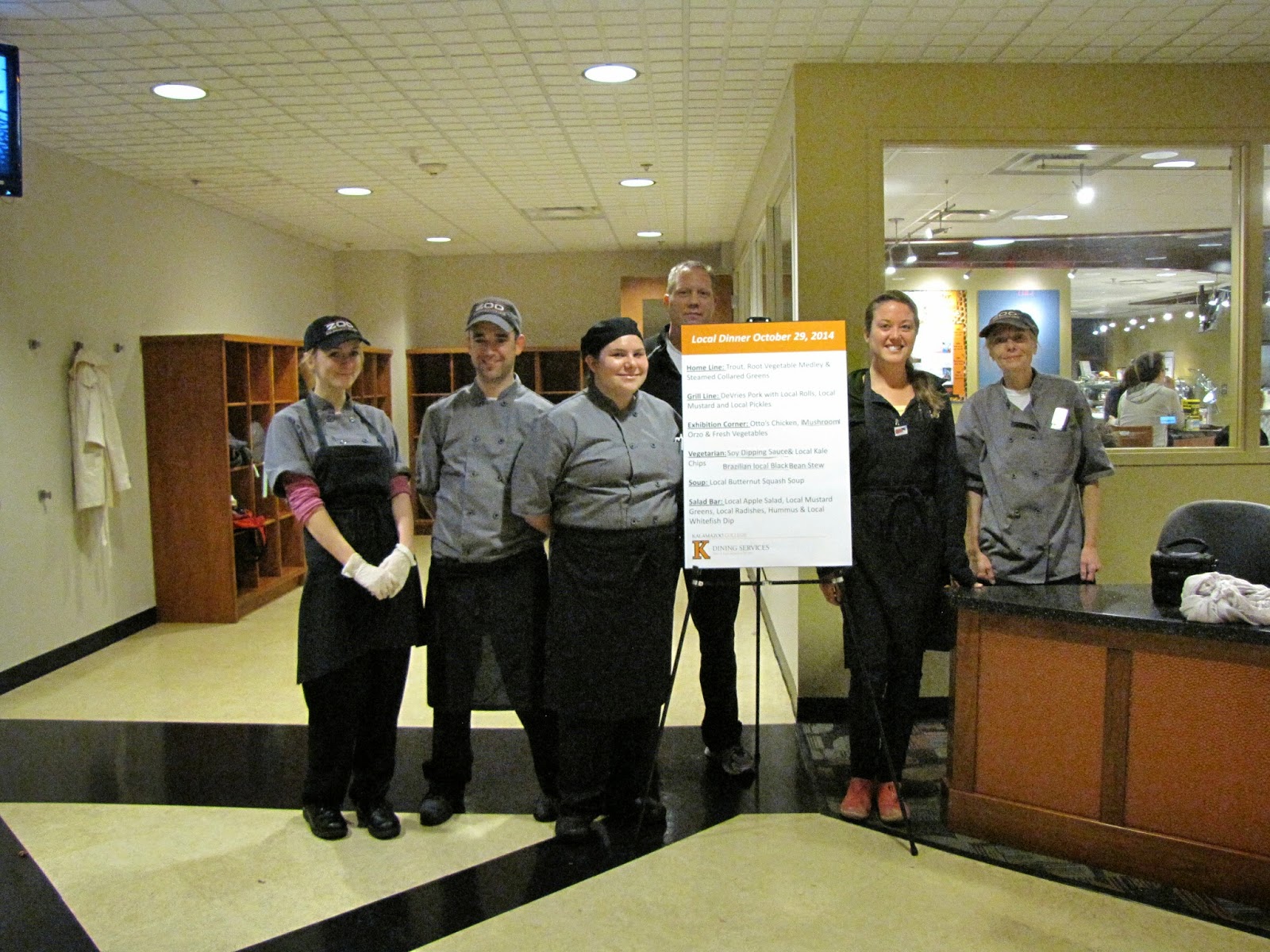“I’m a killer!” Cathy
Stronjy’s voice shrieks through the phone. It’s two days before Thanksgiving:
turkey execution day.
My
mom’s on the phone with our neighbor and friend, coordinating our plans to help
her slaughter the main feature of our Thanksgiving meal. “I don’t want you
sweet beautiful people getting all bloody,” she protested to my mom’s
insistence that we come to help.
“But
you’re a sweet beautiful person too!” my mom said. No, Cathy’s a killer.
Two
hours later we walked onto the scene: a wooden table covered with a bloody
scrap of gray plastic set up just outside the turkey coop. There were a lot of
buckets - snow-covered white feathers sticking up out of one, scaly turkey legs
in another, and two still-warm, pink birds submerged in water in another.
“You
girls have good boots?” Cathy yelled as I walked up. She had the hose on full
blast, dunking one of the turkeys in and out of the bucket, sloshing water and
blood all over the snowy ground.
“I
was hoping to get this a little cleaner for you guys,” Cathy said as she bent
the stub of the neck towards her. I heard snaps and pops. Cathy looked up,
“Don’t mess with me.”
We
had missed the execution hour, but were just in time for de-feathering and
pulling out the guts. I tried to be helpful, but ended up mostly watching (and
cringing) with fascination. My mom and I pulled out stray feather needles while
Cathy slit open the beast’s neck area to get at the innards. She stuck her hand
in – no glove – and came out with the gizzard first. She plopped the liver, a
deep smooth red, in a pot singing “Pateeeè!”
The heart was set aside to be boiled with lots of garlic and the rest – lungs, intestine, kidneys – spilled
onto the turkey legs in the bucket.
“Now
this is probably one of the weirdest things you’ll ever see,” Cathy said,
picking up the gizzard and a knife. She carefully cut through the ‘seam’ in the
blue-tinged organ, about the size of a grapefruit. She pulled apart the two
halves, revealing a balloon like sac, plump with… I wasn’t sure if I wanted to
know what. “Is that poop?!” Cathy shook her head and punctured the sack. The
splats resounding in the bucket changed to a tinkling as small stones poured
out among masticated green roughage. The gizzard grinds the stones against the
food the bird has ingested, aiding in digestion.
Apparently,
if you do it well, the gizzard pouch pulls out very neatly in its own little
wrapper. “My sisters and I used to sit around having gizzard peeling contests,”
Cathy laughed, “Now is that hillbilly or is that hillbilly?”
After
the turkeys cooled down in the snow on her porch we brought them in for a last
once over. We peeled of the thin layer of skin membrane and pulled out a few
more feather tips. Cathy stuck her hands underneath the skin up the back to
stretch it out for us. “Now you can just slip the herbs and butter right in
there!”
These
were the third and fourth turkeys Cathy had butchered that day. “I just decided
to be glad about doing this,” she
said. She raised the turkeys for meat and they had a good happy life eating
weeds out of her garden. She’s glad to be able to provide her family and
friends with a good bird on Thanksgiving, and there’s just no reason to be sad
about it.












